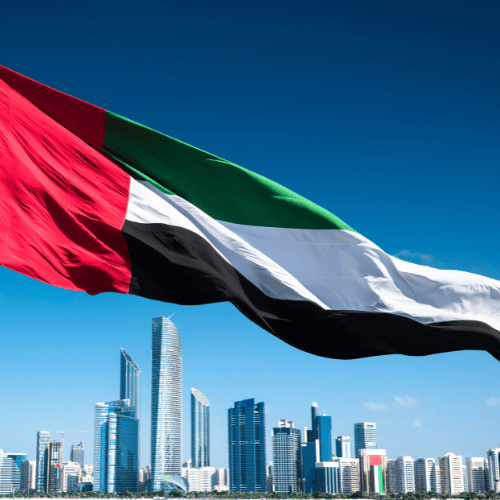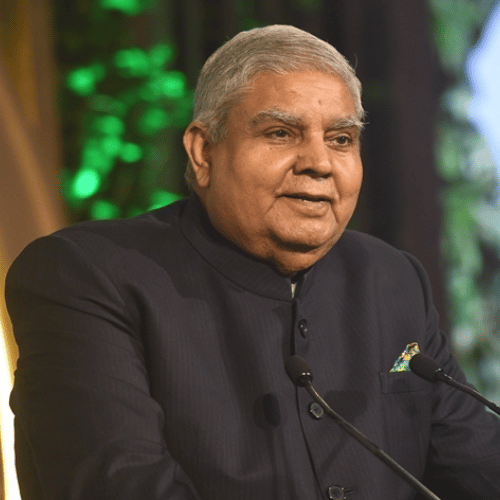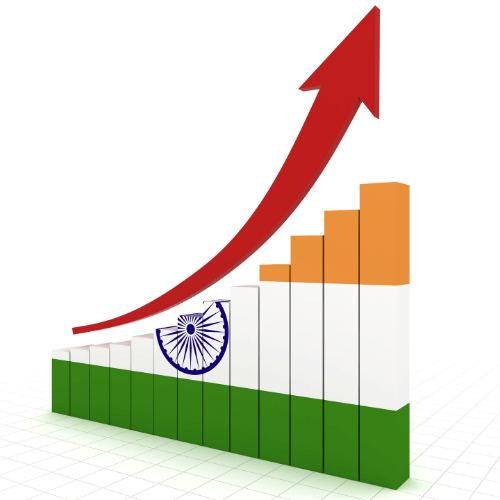After dry weather scorched cane fields in the world’s second-largest producer, India is set to put limitations on sugar exports, tightening the global supply of the sweetener.
India’s sugar exports were limited to 6.1 million tonnes in 2023, down from 11 million tonnes the previous year. The quota has been depleted, and India is no longer exporting sugar.
In the forthcoming 2023/24 season, India’s sugar output might fall by 3.3% to 31.7 million tonnes. Analysts predict that just 2 million to 3 million tonnes – or none at all – would be permitted in the next season.
India’s major goal is to meet local sugar needs while also producing ethanol from excess sugarcane.
India has informed the European Union (EU) of its intention to export 5,841 tonnes of sugar under the tariff-rate quota (TRQ) system from October 2023 to September 2024.
The South Asian country is expected to reduce exports during the new season, which began on October 1, and a decision will be made shortly, according to persons familiar with the situation who requested not to be named since the discussions are private. If domestic supply improves, they suggested, quotas for certain international sales might be set.
India saw its lowest monsoon in five years, and any decline in agricultural production would put pressure on Prime Minister Narendra Modi’s administration to reduce food prices ahead of elections next month and in 2024. Export restrictions will compress the market, potentially raising futures in New York and London.
A spokeswoman for India’s food and commerce ministries did not reply quickly to a request for comment.
After late rains curtailed output, India implemented a quota system in 2022-23, limiting sugar exports to about 6 million tonnes, down from an unrestricted 11 million tonnes the previous year.
According to a Bloomberg poll of 14 experts, dealers, and millers conducted last month, the majority believe India would not export any sugar this season owing to poor production. According to two replies, exports might amount to at least 2 million tonnes.
Despite a strong crop in Brazil, the world’s largest producer, raw sugar futures hit a 12-year high in September on supply fears. According to the meteorological service, several portions of India’s Karnataka and Maharashtra states major agricultural regions were among the driest during monsoon.
According to an industry group assessment last month, output from Thailand, the world’s second-largest exporter, is set to fall by about a fifth in the 2018 crop due to a severe drought. El Nio’s emergence this year has resulted in drier weather and reduced rainfall throughout much of Asia.















